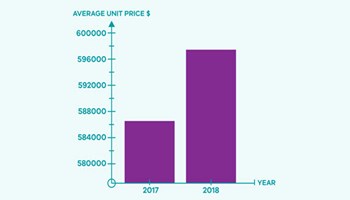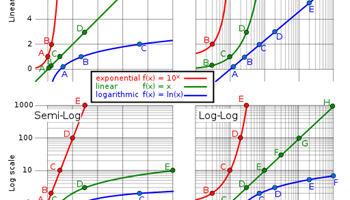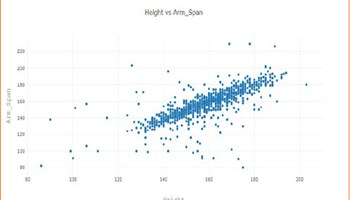Please note: This site contains links to websites not controlled by the Australian Government or ESA. More information here.
reSolve: Statistics: Student Profiling
In this sequence of two lessons, students critically assess the Census@School 2014 Questionnaire and make decisions on how they would analyse the data given the types of questions and responses. They describe the life of a single participant using their survey data and use a range of statistical tools to compare their participant to a larger sample. They use technology such as Excel or TinkerPlots to analyse a large dataset. Each lesson is outlined in detail including curriculum links, vocabulary, materials needed, discussion points, internet resources and spreadsheets of Census@School data. This sequence is part of the reSolve: Mathematics by Inquiry program.
Additional details |
|
| Year level(s) | Year 10 |
|---|---|
| Audience | Teacher |
| Purpose | Teaching resource |
| Format | Downloadable resources |
| Teaching strategies and pedagogical approaches | Mathematics investigation |
| Keywords | box plots, scatter plots, dot plots, histograms, censuses |
Curriculum alignment |
|
| Curriculum connections | Numeracy |
| Strand and focus | Statistics, Build understanding, Apply understanding |
| Topics | Data representation and interpretation |
| AC: Mathematics (V9.0) content descriptions |
AC9M10ST02
Compare data distributions for continuous numerical variables using appropriate data displays including boxplots; discuss the shapes of these distributions in terms of centre, spread, shape and outliers in the context of the data
AC9M10ST03
Construct scatterplots and comment on the association between the 2 numerical variables in terms of strength, direction and linearity |
| Numeracy progression |
Interpreting and representing data (P8)
|
Copyright details |
|
| Organisation | reSolve Maths by Inquiry |
| Copyright | © Australian Government Department of Education, Skills and Employment 2021. Creative Commons BY-NC-SA 4.0. |
Related resources
-

Interpret and discuss data displays: Year 10 – planning tool
This planning resource for Year 10 is for the topic of Interpret and discuss data displays.
Resource details -

Statistical analysis: Year 10 – planning tool
This planning resource for Year 10 is for the topic of Statistical analysis.
Resource details -

Off the scale
This lesson introduces students to the idea of a log scale, a seemingly perplexing way to present data. The lesson begins with an exploration of examples when a linear scale is inappropriate and concludes with a plotting activity using authentic data from the COVID-19 pandemic.
Resource details -

reSolve: Algorithmic thinking – Data visualisation
This is a series of inquiry-based lessons about inferring relationships from large sets of data and algorithmic thinking.
Resource details
